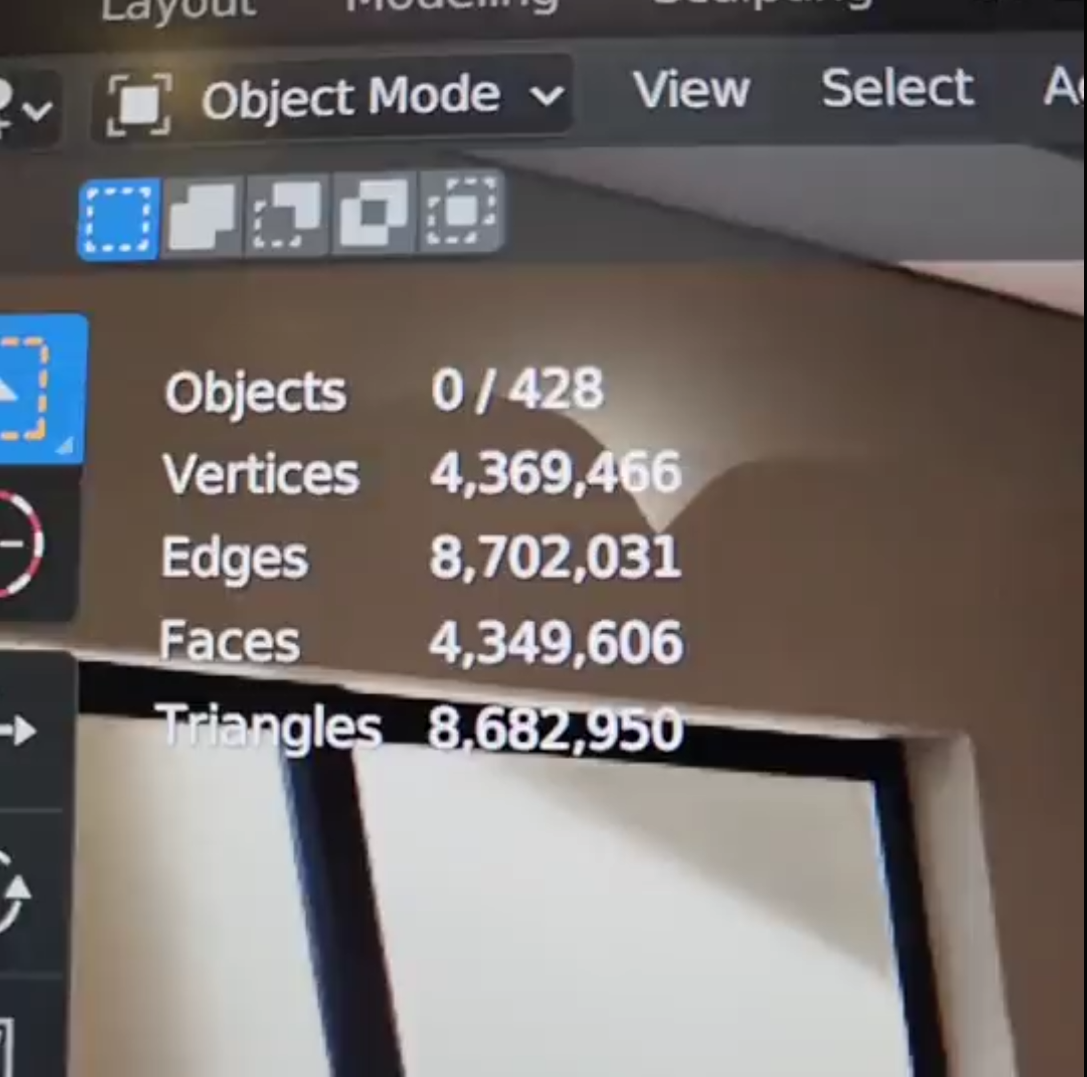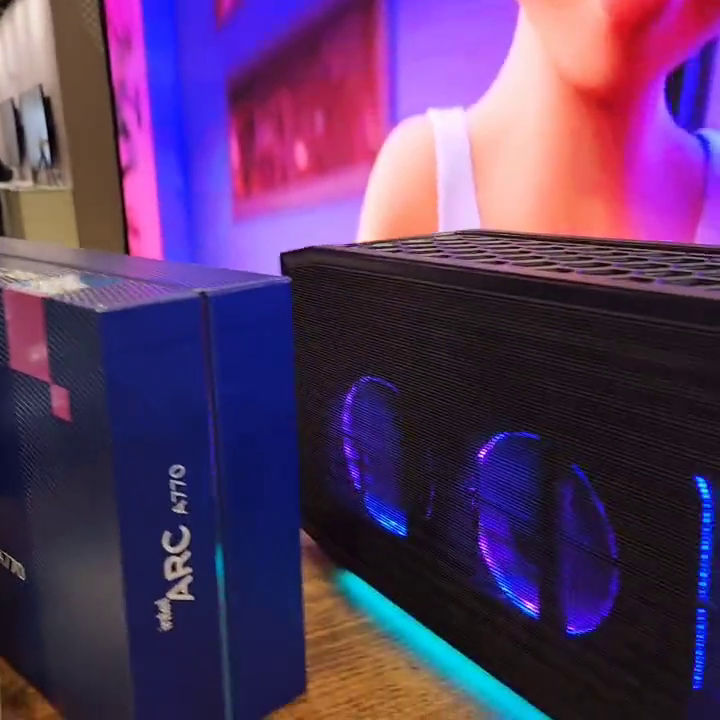Cycles is Blender’s physical based path tracer for production rendering. Cycles typically uses CPU, however, if one has a dedicated graphical solution, that can also be used for enhanced performance. Cycles differs from other techniques as it uses ray-tracing capabilities allowing for photons to be traced as they would in the real world. The process is slow, but rather realistic.
Blender supports Cuda/OptiX for NVIDIA GPUs whereas AMD receives the OpenCL treatment. It has been reported than an upcoming Blender version will include support for Intel’s oneAPI implementation so that the Arc A series can also take advantage of ray-tracing.

bobduffy on Twitter shared a sneak peek of the upcoming Arc A770. At SIGGRAPH, this system was tested using Intel’s flagship A770 along with a Tiger Lake CPU, which was for mobile-based platforms. This (Tiger Lake) micro-architecture made use of the 10nm process node whereas the Rocket Lake (For Desktops) SKUs were stuck on the 14nm process.
Example of what I showed at #SIGGRAPH2022. Dense scene with indirect lighting in #B3D, rendering Cycles raytracing in realtime viewport with live denoising, rendered on #IntelArc A770 GPU in a NUC 11 Extreme PC pic.twitter.com/db89fSuGgP
— visualbob
(@bobduffy) August 13, 2022
The picture gives us a possible view of the A770’s box. Although not much can be seen, but it seems like Intel will resort to its own colouring scheme for the packaging.

Last month, Intel’s high end workstation offerings were leaked. The Arc PRO A50 and A40 are the low-mid end products in this lineup. They are powered by the ACM-G11 (Low end) GPU whereas the ACM-G10 based PRO SKUs are still yet to be seen.
Intel’s Arc A770 ships with the high end ACM-G10 GPU featuring 32Xe Cores and 4096FP32 shader units. Surprisingly, the A770 arrives in two flavours namely, 8GB and 16GB of G6 VRAM. These GPUs are en route for launch by October (Q3 2022).
The post Intel Arc A770 Tested In Blender Cycles With Ray Tracing appeared first on Appuals.com.

0 Commentaires